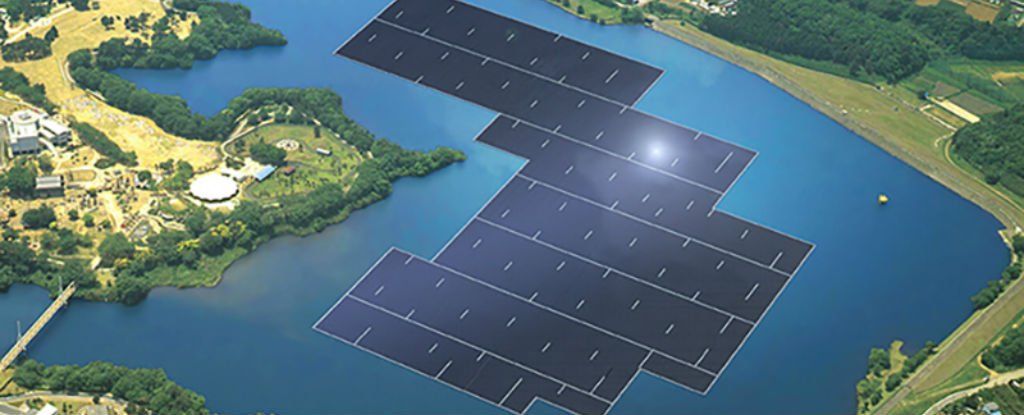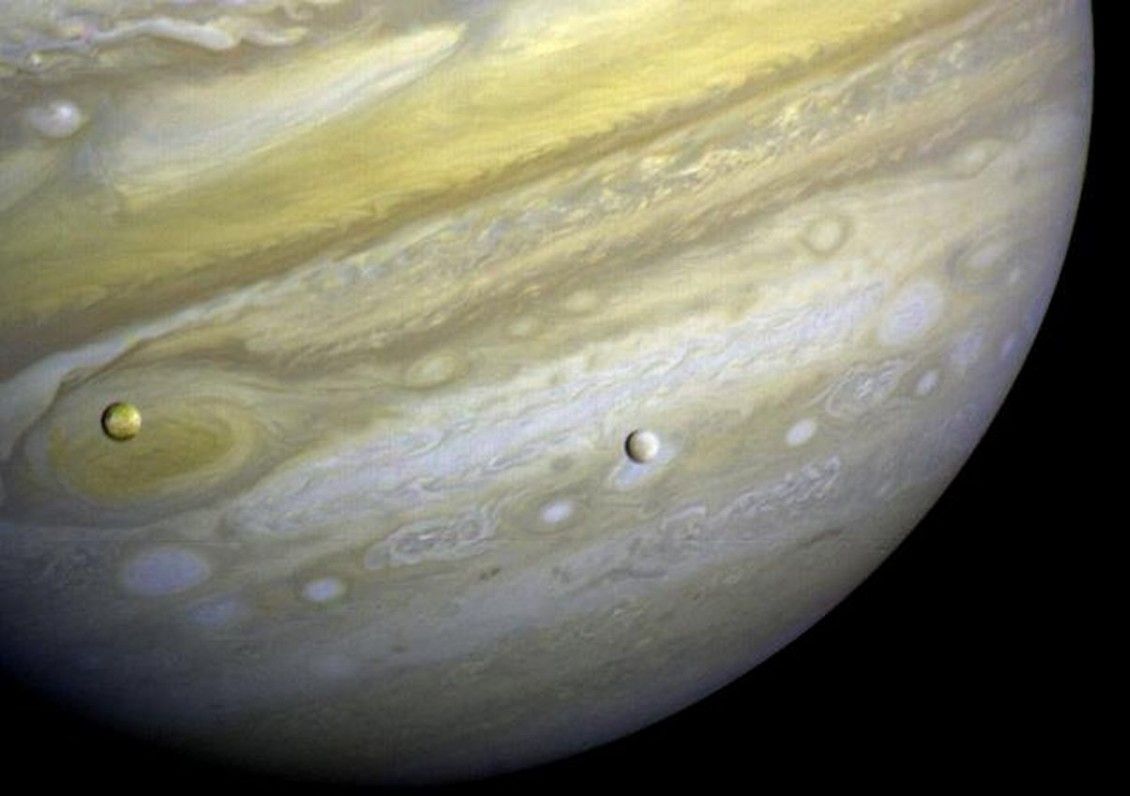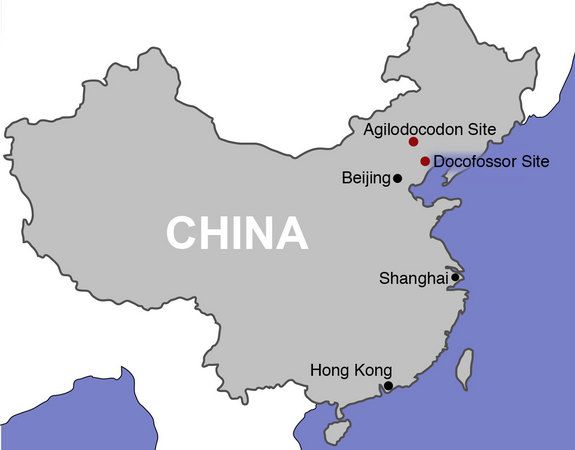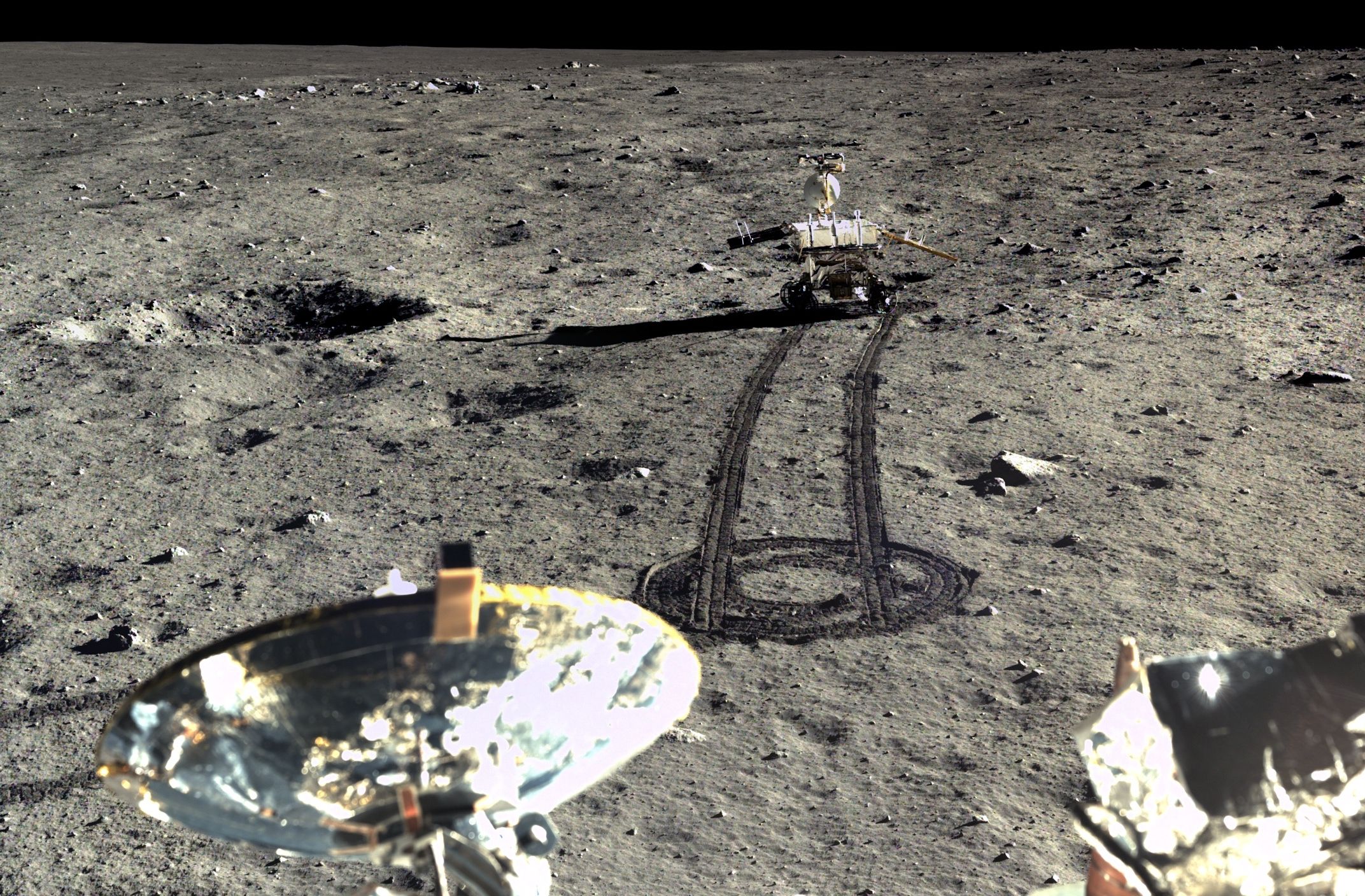
As solar power becomes a bigger and bigger part of the overall energy landscape, engineers around the world are busy working out how to build plants that are large and efficient enough to keep up with demand. Now Japanese electronics giant Kyocera is starting construction on what it says will be the largest floating solar power plant (in terms of overall capacity) in the world.
It’s the fourth such floating plant Kyocera has worked on so far, but this one promises to be the most impressive yet: the facility is going to be built on the Yamakura Dam reservoir to the south-east of Tokyo in Japan, and will pump out 13.7 megawatts (MW) of power once it’s completed in March 2018. Some 51,000 photovoltaic panels will be stitched together to cover around 180,000 square metres (about 44.5 acres) of space.
That’s roughly the same area as 18 soccer pitches, so you get a sense of the sort of scale we’re talking about here. Kyocera says the new plant will provide enough power for 4,970 average households and offset around 7,411 tonnes of CO2 emissions every year that it’s in operation (equivalent to 19,000 barrels of oil).
Read more

















